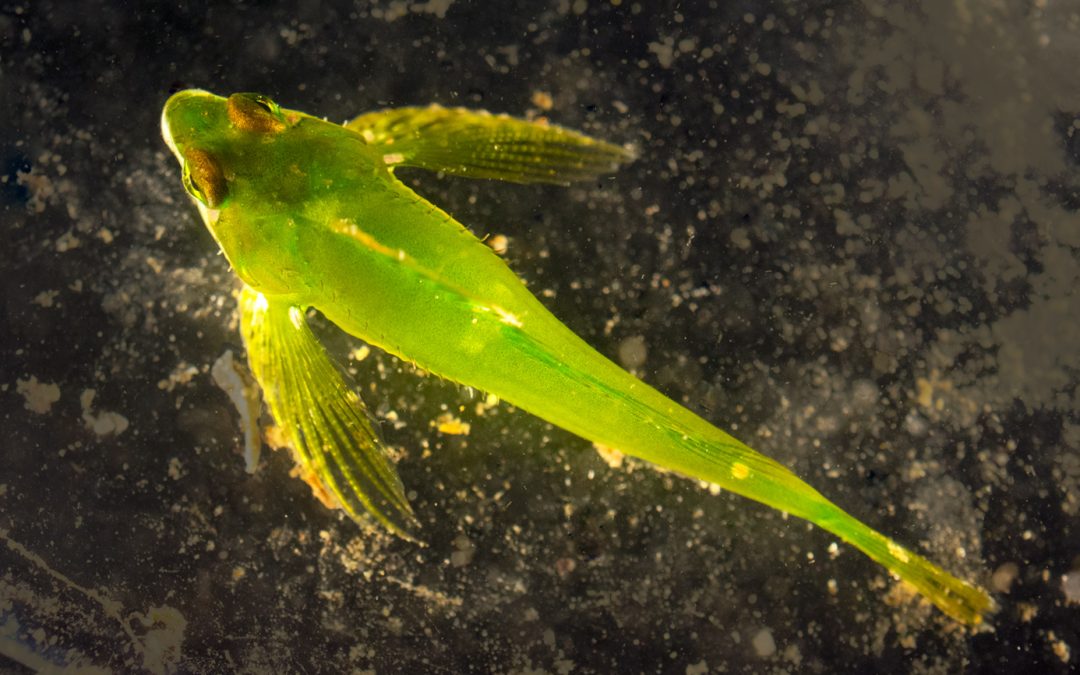
by David Young | Sep 8, 2024 | Fishes
Author: Taylor Dew-Jones Common Name: Tidepool Sculpin Scientific Name: Oligocottus maculosus Size Range: up to 9cm (3.6 inches) Identifying Features: All Tidepool Sculpins look very similar to one another, though distinct from other tide pool creatures....
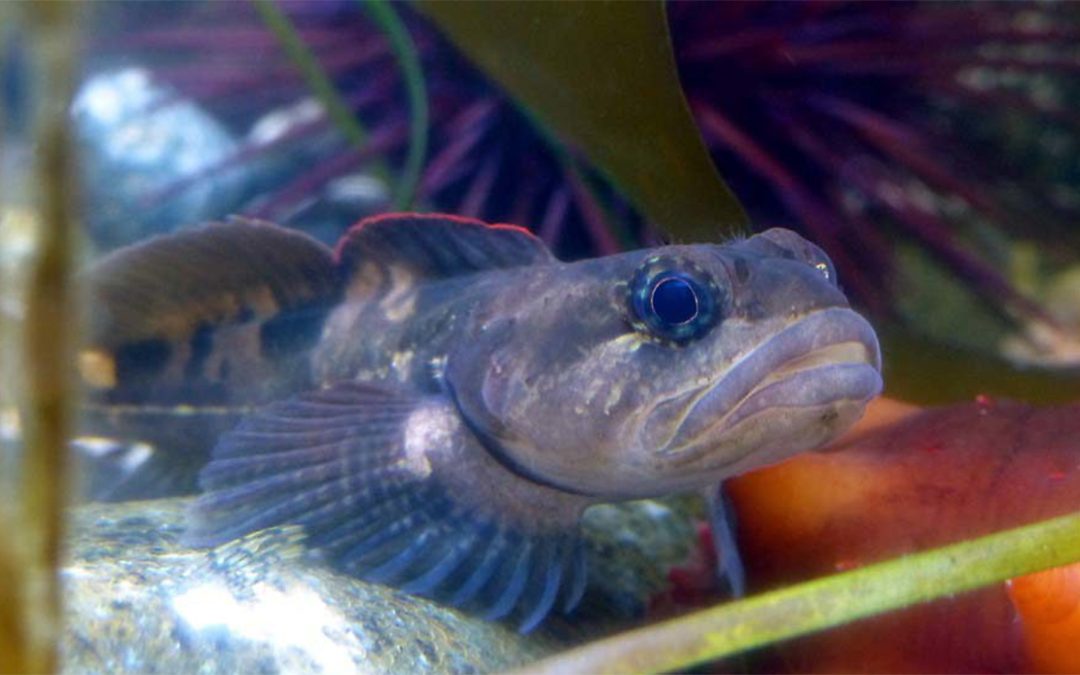
by David Young | Sep 8, 2024 | Fishes
Authors: Julian Mulhall and Forest Moon-Macskimming Common names: Rosylip Sculpin, Rosy-lipped Sculpin Scientific name: Ascelichthys rhodorus Size range: up to 15cm (6in) Identifying features: The eyes are black or dark and the body colour is mostly black,...
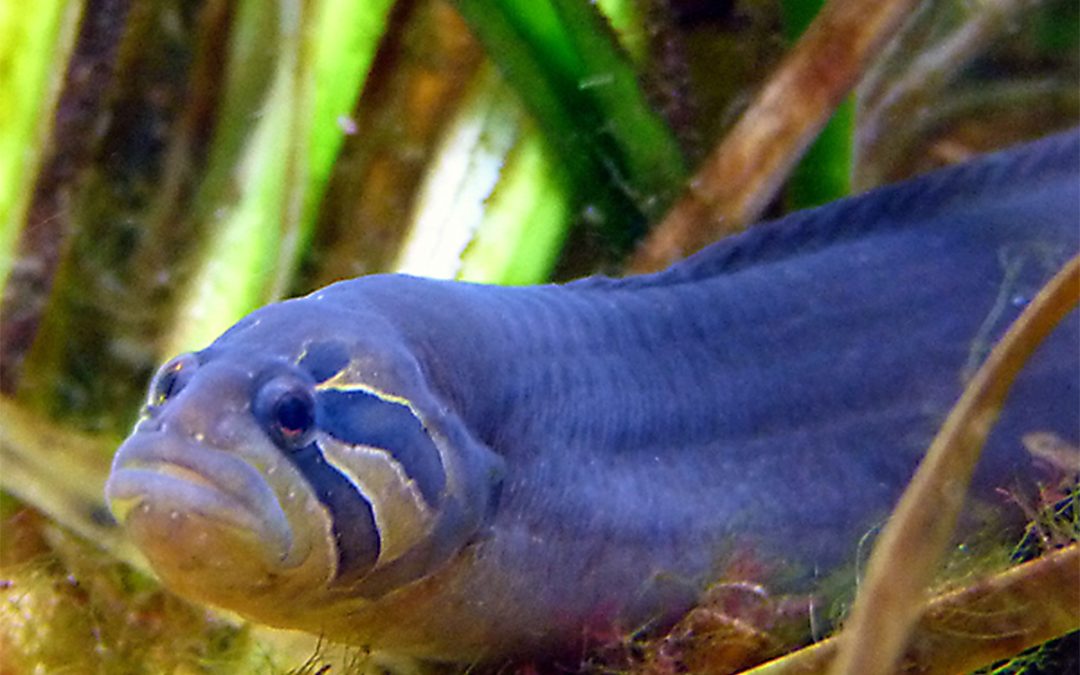
by David Young | Sep 7, 2024 | Fishes
Authors: Matt Czyz and Garnet Spring Common name: Black Prickleback, Black Blenny Scientific name: Xiphister atropurpureus Size: up to 32cm in length Identifying Features: The Black Prickleback is dark reddish brown to black in color with a pale head. The head is...
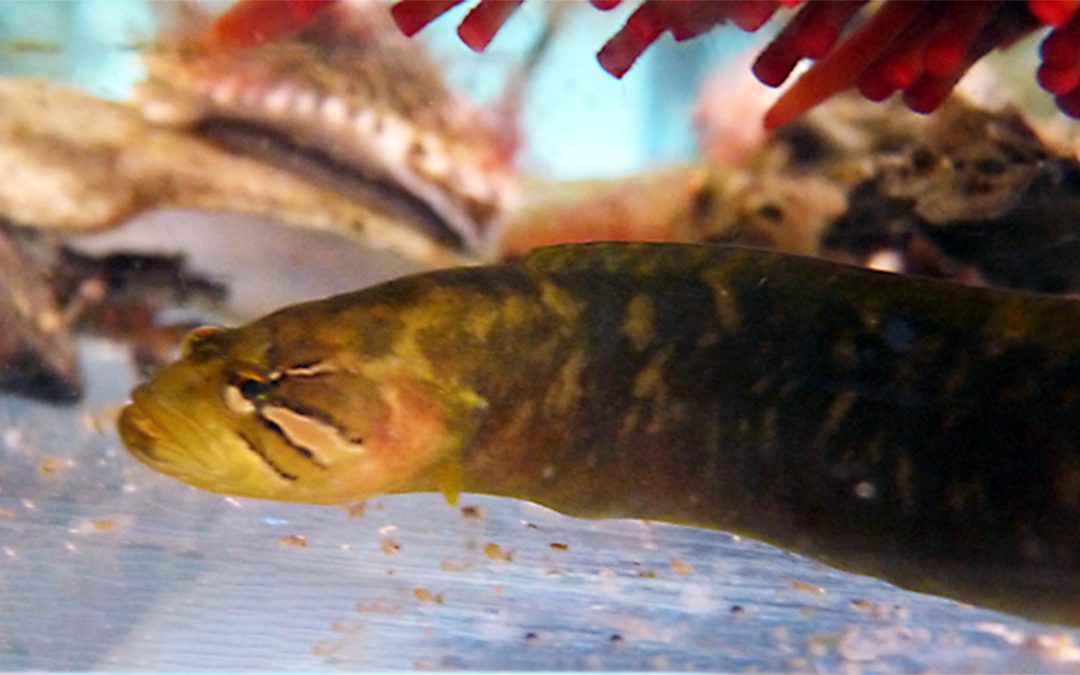
by David Young | Sep 7, 2024 | Fishes
Author: David Freitas Photos by David Freitas Common Names: Rock Prickleback, Rock Eel, Rock Blenny Scientific Name: Xiphister mucosus Identifying Features: The Rock Prickleback is greenish-black in color with faint white markings around the base of its tail and...
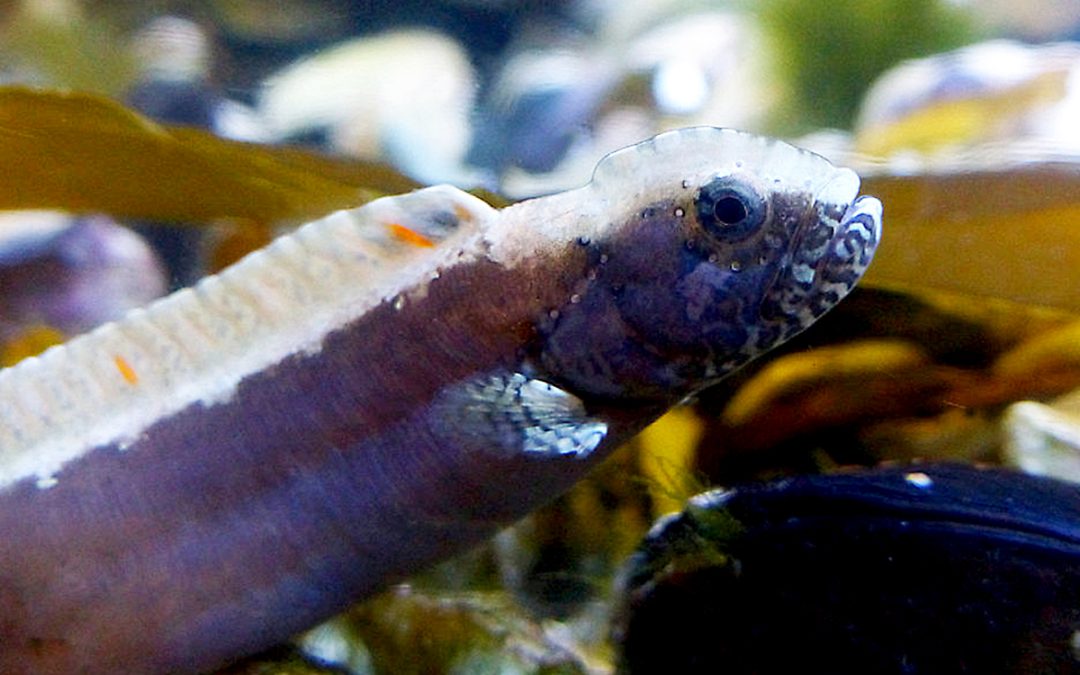
by David Young | Sep 2, 2024 | Fishes
Author: Ravana Eagleheart Common Name: High Cockscomb, Cockscomb Prickleback, Crested Blenny Scientific Name: Anoplarchus purpurescens Size Range: The High Cockscomb usually grows to just over 7.8 inches (20cm.) in length. Identifying Features: On the High Cockscomb,...
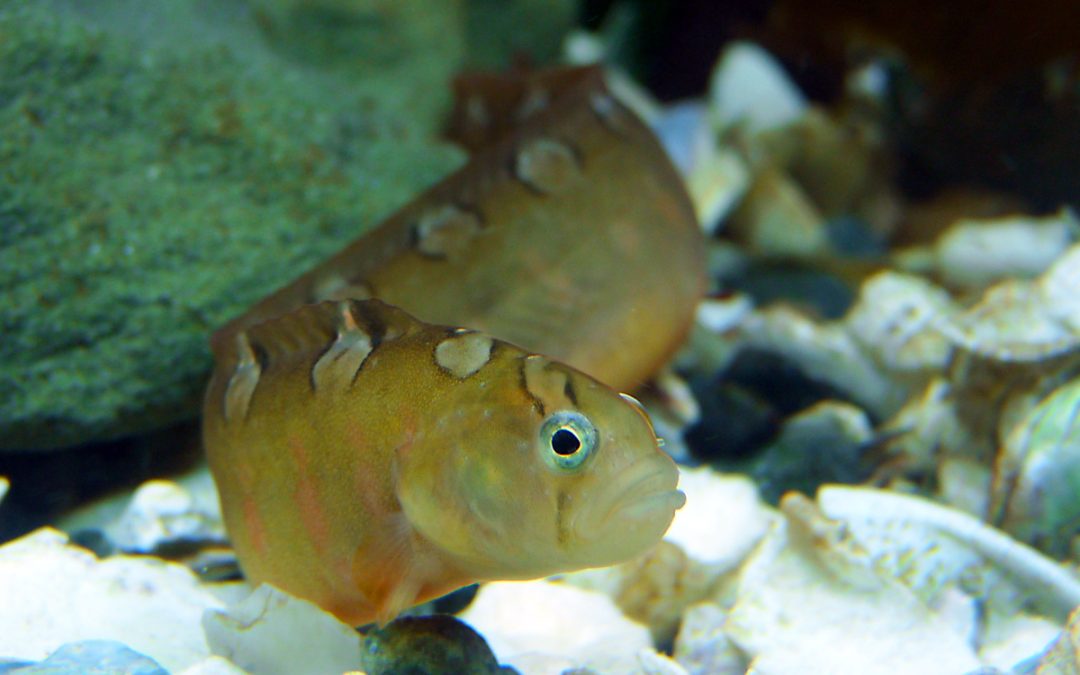
by David Young | Sep 2, 2024 | Fishes
Author: Allie Eaton Scientific Name: Pholis laeta Size Range: 25cm (10 inches) Identifying Features: Crescent Gunnels may be dark, olive green to a very bright orange. They have a series of distinct cresent shaped markings along their dorsal surface that may be...






